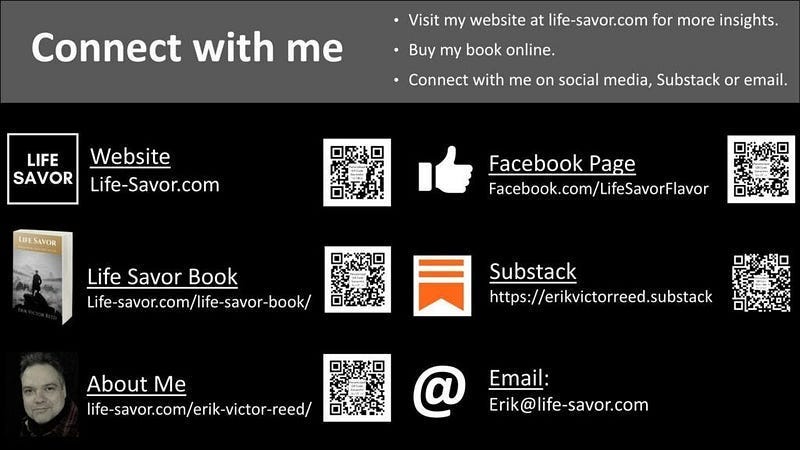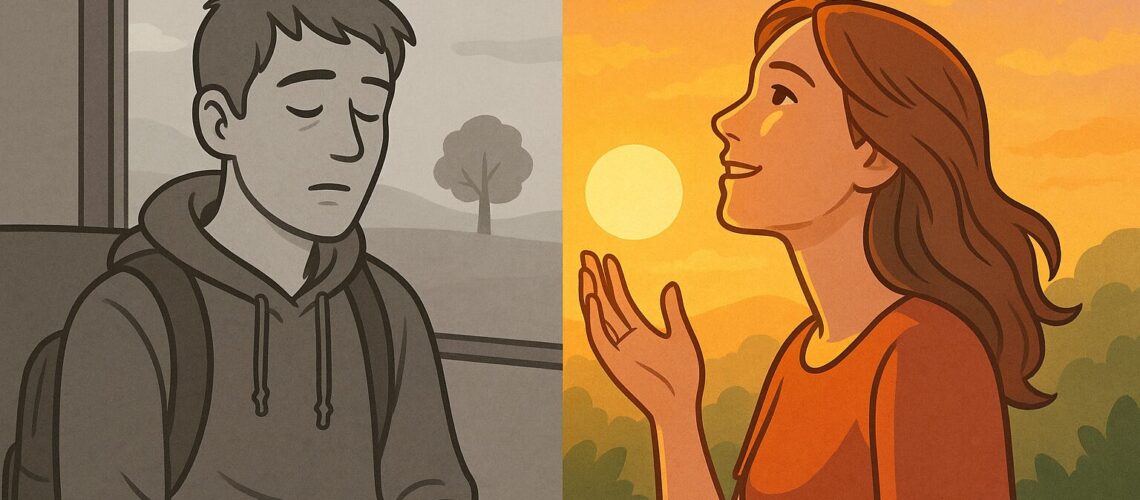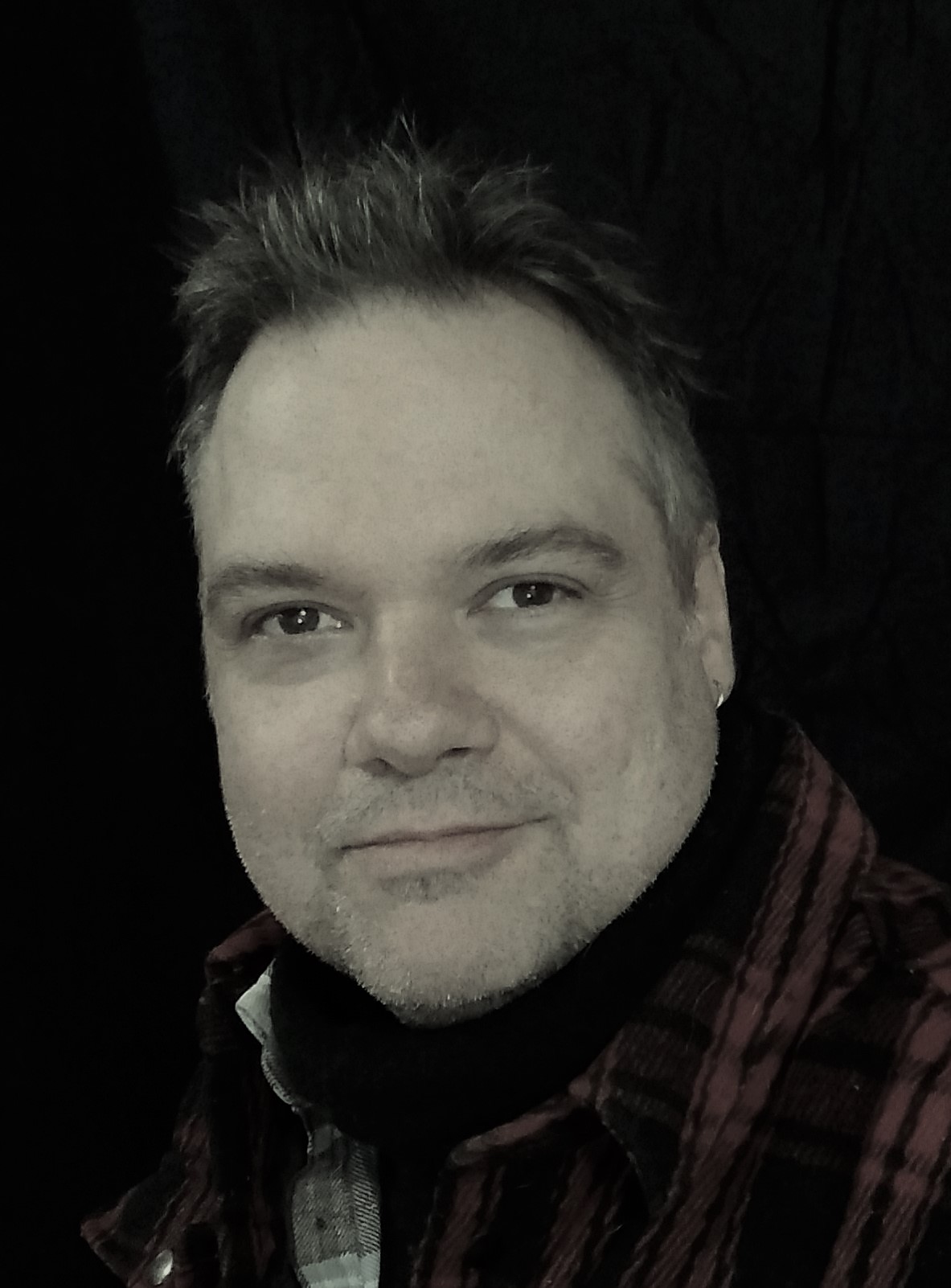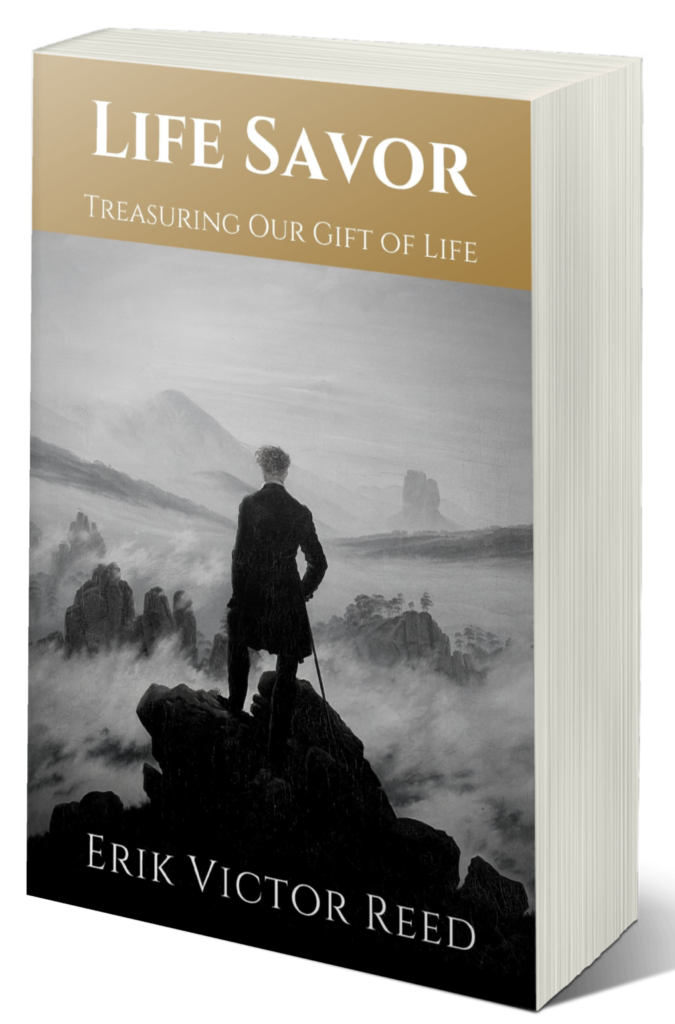Are you sleepwalking through life—or savoring it?
“Most of us live in a fog of soporific familiarity.”
—Richard Dawkins
There are two ways of moving through life.
One is anesthetic.
The other is aesthetic.
The difference may be the difference between merely surviving your days and actually living them.
The Anesthetic Life
Anesthetic living isn’t about anesthesia in the medical sense. It’s about the slow numbing of awareness that creeps in when life feels ordinary, repetitive, predictable.
We stop noticing.
We stop tasting.
We stop being astonished that we even exist.
Think about your daily commute. Do you remember the details—the shifting light, the faces in passing cars, the sensation of your hand on the wheel? Or do you arrive at work with no memory of the road? That’s anesthetic living: a kind of autopilot existence that makes your days blur together.
It doesn’t happen because life is empty. It happens because our brains are wired to normalize everything. What was once miraculous—walking, reading, streaming music from invisible waves—fades into background noise. The extraordinary becomes mundane.
And when we live anesthetically, we are less awake to joy, less present for beauty, less alive to wonder.
The Aesthetic Life
By contrast, aesthetic living treats life itself as art. It means seeing your existence not just as a sequence of tasks and obligations, but as a composition to savor.
The word aesthetic comes from the Greek aisthesis: perception, sensation, the ability to feel. It’s the lens that turns an ordinary sunset into a painting, a simple meal into a feast, a conversation into poetry.
Living aesthetically doesn’t mean chasing constant bliss. It doesn’t mean ignoring pain or difficulty. It means being willing to see your moments—even the flawed and fragile ones—as part of a larger canvas worth appreciating.
Aesthetic living is pausing to notice the way light pools across your desk. It’s recognizing that your laughter with a friend belongs in the same category as symphonies and stained glass: human expressions of something radiant.
And here’s the secret: the aesthetic life doesn’t add anything new. It simply wakes you up to what’s already there.
The Trap of Familiarity
Why do we slip into anesthetic living so easily? Because familiarity is seductive.
When you’ve tasted the same coffee for years, it stops feeling like a miracle that beans grown thousands of miles away could arrive roasted and steaming in your cup. When you’ve been alive for decades, it stops feeling like a miracle that you even exist at all.
Dawkins called this “the anesthetic of soporific familiarity.” And it might be the greatest thief of joy in human life. Not tragedy. Not failure. Just the dulling effect of repetition.
Familiarity makes us blind. Aesthetic living reopens our eyes.
How to Wake Up
Shaking off anesthetic living doesn’t require dramatic changes. You don’t have to quit your job, sell your belongings, or move to Bali. You just need practices that pierce the fog of familiarity.
Here are three to try:
- Borrowed Eyes: Imagine you’re seeing the world for the very first time—or the very last time. What would strike you if you had never witnessed it before? What would you miss if tomorrow it were gone? This thought experiment turns the ordinary luminous.
- The One-Day World: Pretend you had only 24 hours on Earth. Would you waste them scrolling? Or would you walk outside, hug someone you love, taste food slowly, watch clouds without hurry? You can live today, at least partly, as if it were that one day.
- Create Small Rituals: A candle at dinner. A handwritten note. A pause before opening your laptop. Rituals train the brain to mark moments as sacred, pulling them out of the blur of merely oblivious habit.
The Point Isn’t Just Bliss
It’s worth saying again: the aesthetic life is not about being happy all the time. It’s about being awake.
Sometimes being awake hurts. You’ll notice losses more acutely. You’ll feel the weight of your mortality. But you’ll also feel the glory of existence more vividly.
Pain without meaning is suffering. Pain inside an aesthetic frame—pain recognized as part of a larger, fleeting masterpiece—can deepen your sense of life.
To live aesthetically is to say: Even in the struggle, I will not sleepwalk through the miracle of being alive.
A Final Thought
Life will always pull you toward anesthesia. Habits will blur your vision. Familiarity will dull your senses. That’s normal. That’s human.
But every once in a while, you can wake up again. You can decide to treat your existence as something worthy of attention, like a work of art.
Because it is.
For more like this, visit the broader project at life-savor.com, or explore the Life Savor book itself.
To learn more about Life Savor’s philosophy,
read Life Savor: Treasuring Our Gift of Life by Erik Victor Reed.








